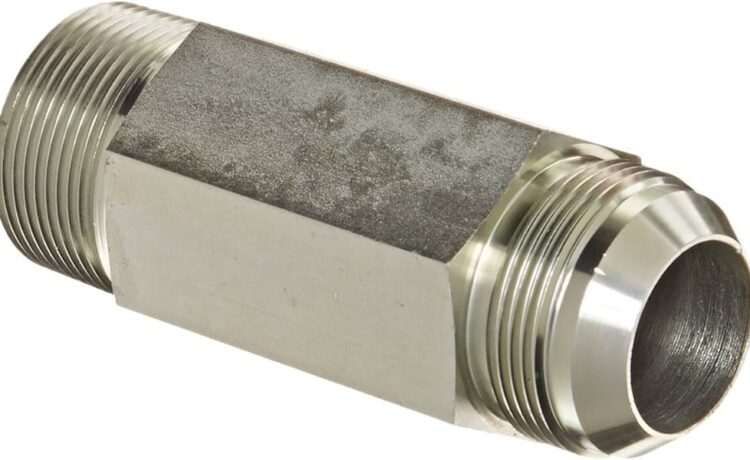Hydraulic systems get assembled faster when adapters handle thread incompatibilities between components. Fittings save technicians from having to fabricate or modify custom connections. A ready-made adapter comes with threads already machined on both ends. It’s quicker to connect mismatched components than to wait for machines. This time savings multiplies across large systems where dozens of connections need assembly.
Eliminating custom fabrication
Before fittings can be installed, they need to be measured, fabricated, and inspected. https://northernhydraulics.net/hydraulics-shop/fittings/adapters provides pre-manufactured solutions that skip these fabrication steps entirely. A single custom adapter might take four to six hours to make. Multiply that across a system with twenty connection points, and you’ve lost several work days.
Off-the-shelf adapters get pulled from inventory and installed within minutes. The threads come cut to exact specifications during manufacturing. No setup time on lathes or mills. No waiting for cutting tools or materials to arrive. Technicians grab the right adapter, apply thread sealant, and tighten it into place. What took days through custom fabrication now takes minutes with standardized components.
Standardized component compatibility
Manufacturers across different countries use various thread standards. American equipment often carries NPT threads. European machinery comes with BSPP or metric threading. Japanese components follow JIS specifications. Trying to connect these directly wastes time and ruins parts. Adapters solve compatibility issues through dual threading:
- One end matches the thread standard on existing equipment
- The opposite end provides the thread type needed for new components
- No modification required on either piece of connected equipment
- Technicians avoid trial-and-error attempts at forcing incompatible threads together
Thread gages and identification add time to installation without adapters. Workers must verify each thread type, measure pitch, and determine if threads are tapered or parallel. Getting this wrong means disassembling everything and starting over. Adapters eliminate this guesswork because the correct types are already specified in part numbers.
Reduced assembly steps
- Direct connections between incompatible components require multiple intermediate pieces. You might need a nipple, a coupling, and a bushing to connect two specific thread types. That’s three separate components requiring individual assembly steps. A single adapter replaces all three parts and their associated installation time.
- Fewer components mean fewer potential leak points to seal and test. Each threaded connection needs thread sealant application, careful alignment, and torque verification. Cutting from three connections down to one saves all that repeated work. Inventory management gets simpler, too, when one adapter replaces multiple traditional fittings.
- Complex adapter geometries combine multiple functions in one body. An elbow adapter changes flow direction while simultaneously converting thread types. Without it, you’d need a straight thread adapter and a separate elbow fitting. Installation time doubles, and you’ve created an extra potential failure point.
Minimizing thread preparation
For leak-free connections, you need clean, undamaged threads. Threads must be prepared by removing old sealant, cleaning corrosion, and chasing damaged threads. New adapters come with perfect threads right out of the package. Reusing old fittings means dealing with whatever condition they’re in. It could be galled, worn, or sealed. Restoring full function takes time and effort. Fresh adapters skip all this preparation work. Threads engage smoothly without resistance. Installation proceeds at full speed without stopping to fix thread problems.
Adapters accelerate hydraulic system assembly by eliminating custom fabrication, providing standardized compatibility solutions and arriving with pristine threads. Time savings accumulate rapidly across systems with numerous connections, making adapters essential for efficient hydraulic equipment assembly and maintenance operations.













